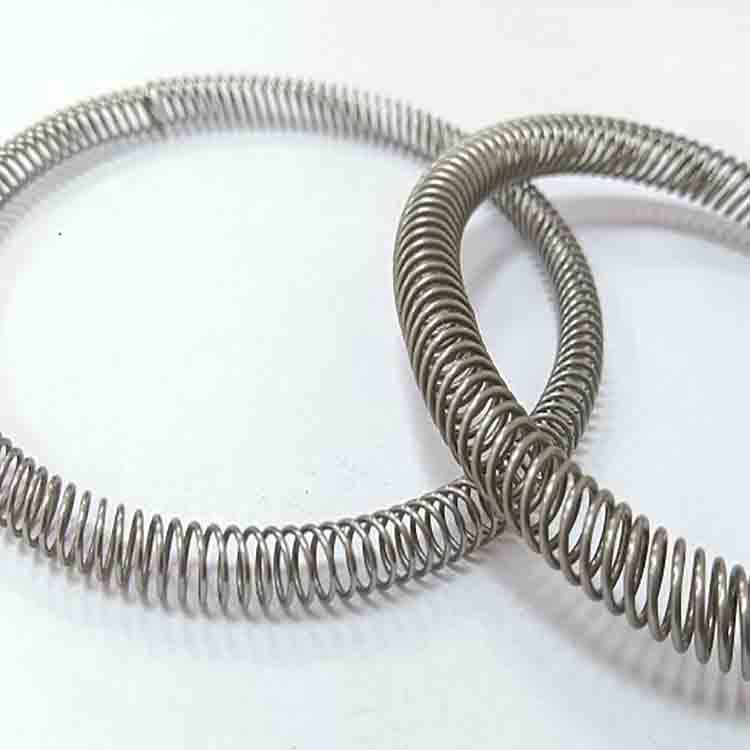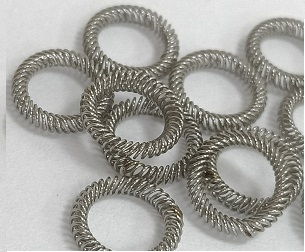Canted coil springs, also known as helicoidal springs or spiral springs, are an important component in precision instruments. These springs are used to maintain a constant force over a certain distance, allowing for precise measurements and adjustments. Canted coil springs are also ideal for devices that require constant resistance to movement, such as microscopes and telescopes. In this article, we will explore the importance of canted coil springs in precision instruments and how they contribute to accuracy.

Firstly, canted coil springs are used in instruments to maintain a constant force. This is crucial for accurate measurements as any change in force would cause the instrument to fluctuate, leading to inaccurate results. They are also used in springs to provide a particular spring constant, which is the ratio of the force applied to the spring and the resulting extension of the spring. The spring constant determines the stiffness of the spring and is essential for maintaining consistent performance.
Secondly, they are used in precision instruments to absorb shock and vibration. This is important for devices that need to stay stable and accurate, even when subjected to external forces such as wind or vibration. Canted coil springs work by deflecting energy in a controlled manner, minimizing the impact on the instrument’s movement.
Thirdly, they are used in precision instruments to provide resistance to movement. This is important for devices that need to stay in position, such as telescopes or microscopes. The resistance provided by the springs helps to keep the device in place, preventing it from moving while in use.

In conclusion, canted coil springs play a vital role in precision instruments, ensuring that they remain accurate and reliable. They provide constant force, absorb shock and vibration, and provide resistance to movement. Without THEM, precision instruments would not be able to maintain the high level of accuracy that is crucial for scientific and industrial applications.